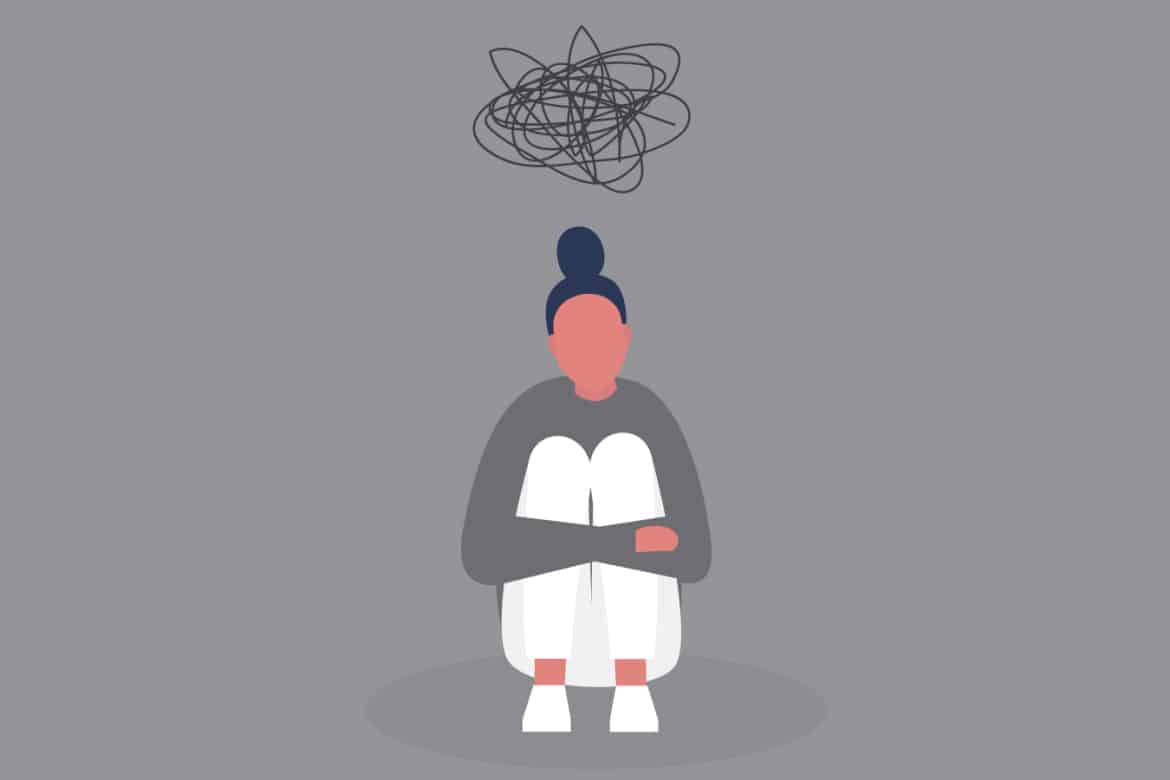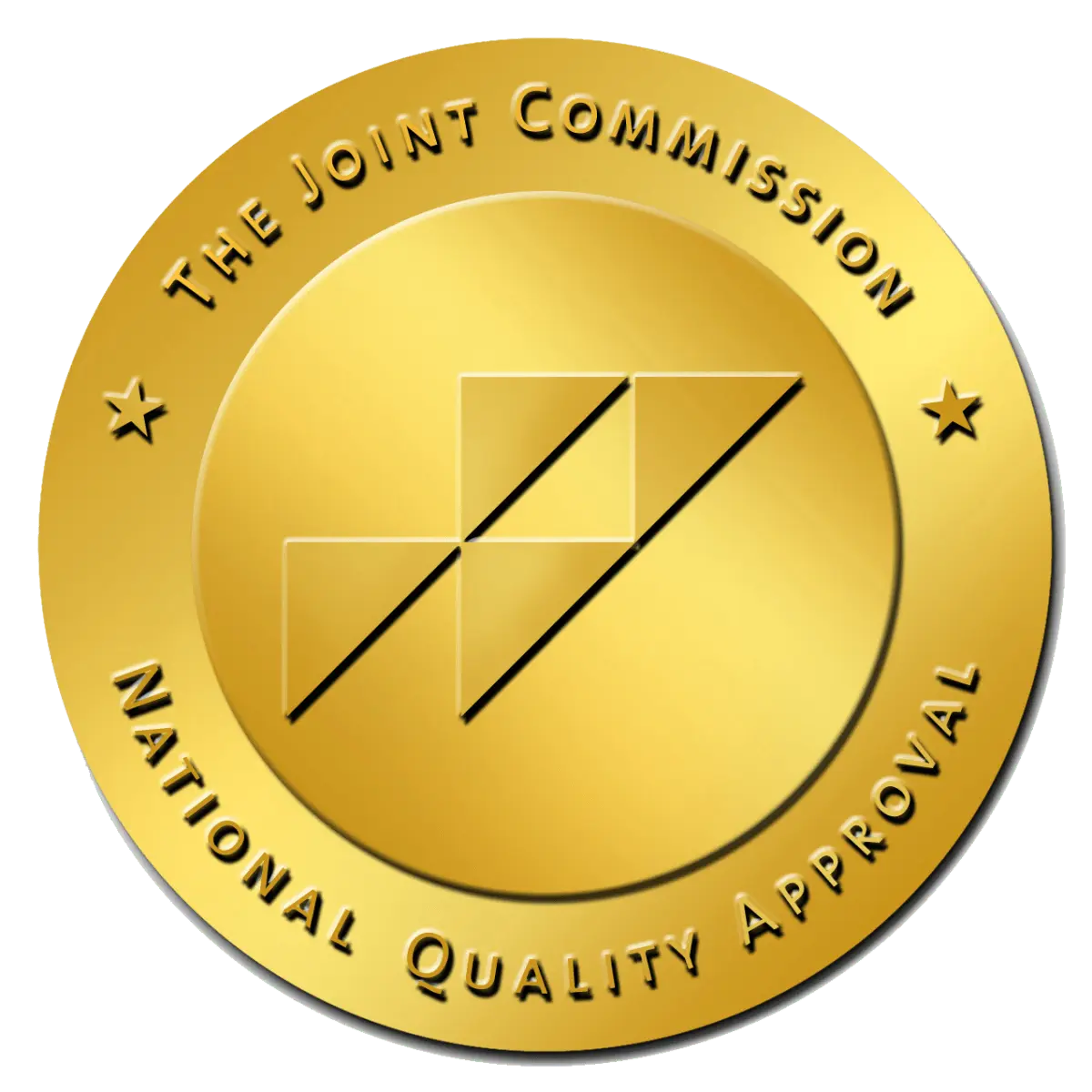Before the coronavirus became a pandemic, Emma went to an Alcoholics Anonymous meeting every week in the Boston area and to another support group at her methadone clinic. She said she felt safe, secure and never judged.
“No one is thinking, ‘Oh, my God. She did that?’” said Emma, “’cause they’ve been there.”
Now, with AA and other 12-step groups moving online, and the methadone clinic shifting to phone meetings and appointments, Emma said she is feeling more isolated. (KHN is not using her last name because she still uses illegal drugs sometimes.) Emma said the coronavirus may make it harder to stay in recovery.
“Maybe I’m old fashioned,” said Emma, “but the whole point of going to a meeting is to be around people and be social and feel connected, and I’d be totally missing that if I did it online.”
While it’s safer to stay home to avoid getting and spreading COVID-19, addiction specialists acknowledge Emma’s concern: Doing so may increase feelings of depression and anxiety among people in recovery — and those are underlying causes of drug and alcohol use and addiction.
“We consider addiction a disease of isolation,” said Dr. Marvin Seppala, chief medical officer at the Hazelden Betty Ford Foundation. “Now we’re isolating all these people and expecting them to pick up the phone, get online, that sort of thing — and it may not work out as well.”
Emma has another frustration: If the methadone clinic isn’t allowing gatherings, why is she still required to show up daily and wait in line for her dose of the pink liquid medication?
The answer is in tangled rules for methadone dispensing. The federal government has loosened them during the pandemic — so that patients don’t all have to make a daily trip to the methadone clinic, even if they are sick. But patients say clinics have been slow to adopt the new rules.
Mark Parrino, president of the American Association for the Treatment of Opioid Dependence, said he issued guidelines to members late last week about how to operate during pandemics. He recommended that clinics stop collecting urine samples to test for drug use. Many patients can now get a 14- to 28-day supply of their addiction treatment medication so they can make fewer trips to methadone or buprenorphine clinics.
“But there has to be caution about giving significant take-home medication to patients who are clinically unstable or actively still using other drugs,” Parrino said, “because that could lead to more problems.”
The new rules have a downside for clinics: Programs will lose money during the pandemic as fewer patients make daily visits, although Medicare and some other providers are adjusting reimbursements based on the new stay-at-home guidelines.
And for active drug users, being alone when taking high levels of opioids increases the risk of a fatal overdose.
These are just some of the challenges that emerge as the public health crisis of addiction collides with the global pandemic of COVID-19. Doctors worry deaths will escalate unless people struggling with excessive drug and alcohol use and those in recovery — as well as addiction treatment programs — quickly change the way they do business.
But treatment options are becoming even scarcer during the pandemic.
“It’s shutting down everything,” said John, a homeless man who’s wandering the streets of Boston while he waits for a detox bed. (KHN is not including his last name because he still buys illegal drugs.) “Detoxes are closing their doors and halfway houses,” he said. “It’s really affecting people getting help.”
Adding to the scarcity of treatment options: Some inpatient and outpatient programs are not accepting new patients because they aren’t yet prepared to operate under the physical distancing rules. In many residential treatment facilities, bedrooms and bathrooms for patients are shared, and most daily activities happen in groups — those are all settings that would increase the risk of transmitting the novel coronavirus.
“If somebody were to become symptomatic or were to spread within a unit, it would have a significant impact,” said Lisa Blanchard, vice president of clinical services at Spectrum Health Systems. Spectrum runs two detox and residential treatment programs in Massachusetts. Its facilities and programs are all still accepting patients.
Seppala said inpatient programs at Hazelden Betty Ford are open, but with new precautions. All patients, staff and visitors have their temperature checked daily and are monitored for other COVID-19 symptoms. Intensive outpatient programs will run on virtual platforms online for the immediate future. Some insurers cover online and telehealth addiction treatment, but not all do.
Seppala worried that all the disruptions — canceled meetings, the search for new support networks and fear of the coronavirus — will be dangerous for people in recovery.
“That can really drive people to an elevated level of anxiety,” he said, “and anxiety certainly can result in relapse.”
Doctors say some people with a history of drug and alcohol use may be more susceptible to COVID-19 because they are more likely to have weak immune systems and have existing infections such as hepatitis C or HIV.
“They also have very high rates of nicotine addiction and smoking, and high rates of chronic lung disease,” said Dr. Peter Friedmann, president of the Massachusetts Society of Addiction Medicine. “Those [are] things we’ve seen in the outbreak in China [that] put folks at higher risk for more severe respiratory complications of this virus.”
Counselors and street outreach workers are redoubling their efforts to explain the pandemic and all the related dangers to people living on the streets. Kristin Doneski, who runs One Stop, a needle exchange and outreach program in Gloucester, Massachusetts, worried it won’t be clear when some drug users have COVID-19.
When folks are in withdrawal, a lot of those symptoms can kind of mask some of the COVID-19 stuff,” said Doneski. “So people might not be taking some of their [symptoms seriously], because they think it’s just withdrawal and they’ve experienced it before.”
Doneski is concerned that doctors and nurses evaluating drug users will also mistake a case of COVID-19 for withdrawal.
During the coronavirus pandemic, needle exchange programs are changing their procedures; some have stopped allowing people to gather inside for services, safety supplies, food and support.
There’s also a lot of fear about how quickly the coronavirus could spread through communities of drug users who’ve lost their homes.
“It’s scary to see how this will pan out,” said Meredith Cunniff, a nurse from Quincy, Massachusetts, who is in recovery for an opioid use disorder. “How do you wash your hands and practice social distancing if you’re living in a tent?”
This story is part of a partnership that includes WBUR, NPR and Kaiser Health News.




